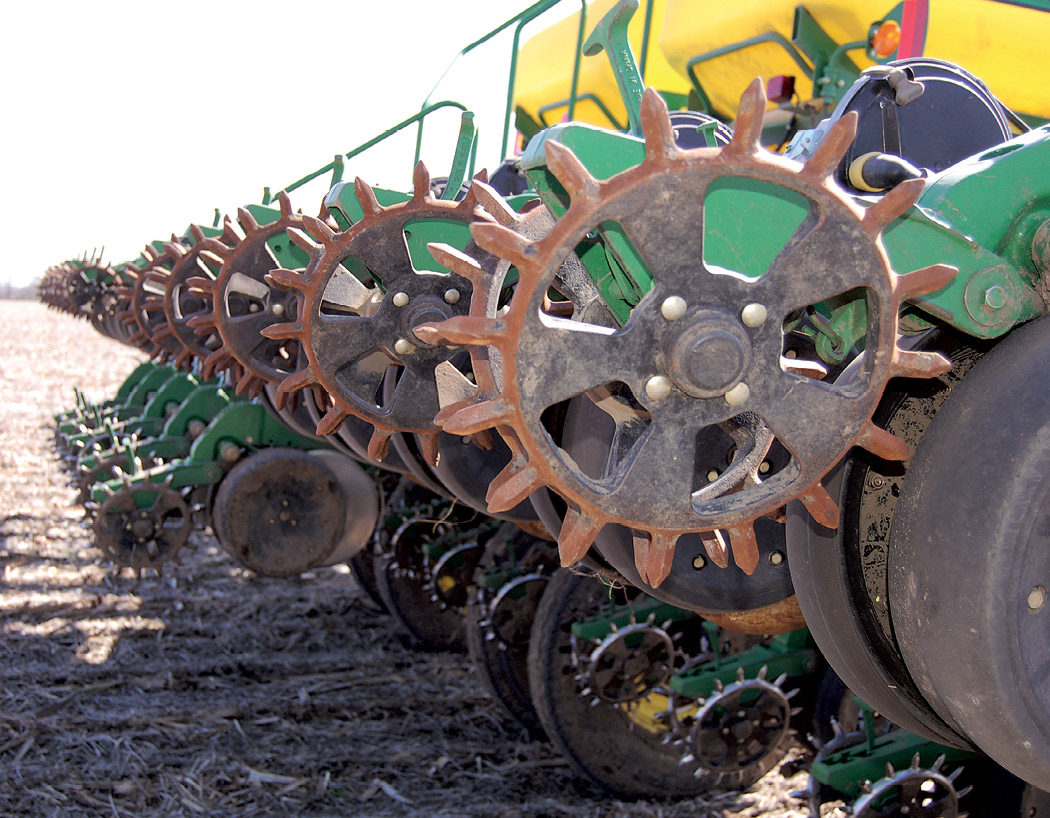No-Till Farmer
Get full access NOW to the most comprehensive, powerful and easy-to-use online resource for no-tillage practices. Just one good idea will pay for your subscription hundreds of times over.

When planting is done and crops begin to emerge, no-tillers have a chance to evaluate how well their planter has performed — including whether the unit’s closing wheels are doing the job closing the seed slot.
If closing wheels aren’t set up and adjusted properly or if no-tillers fail to account for changing field conditions, furrows can dry out and open back up or sidewall compaction can seal too tightly and cause delays in germination or emergence.
No-Till Farmer spoke to industry sources and experts about the evolution of closing-wheel technology, the pros and cons of various wheel setups and what questions no-tillers should ask if they’re planning to buy or switch out closing wheels.
Manufacturers also highlighted the features and competitive advantages of their best closing wheels for no-till practices.

When no-tilling began to take hold during the 1970s, planters available on the market were challenged to meet the needs of no-tillers. Most were designed for conventional farming with drier soils with far less trash, while no-tillers were dealing with more trash and higher moisture.
Some early-model planters were also tasked with doing seedbed firming and furrow closing in the same function.
“Allis Chalmers planters back then were trying to gauge the depth, close the furrow and provide seed-to-soil contact, all at the same time,” says Matt Hagny, lead engineer and owner of Exapta Solutions. “There needed to be an in-furrow closing device for no-till.”
Most planters only offered smooth, rubber-coated wheels that required high…